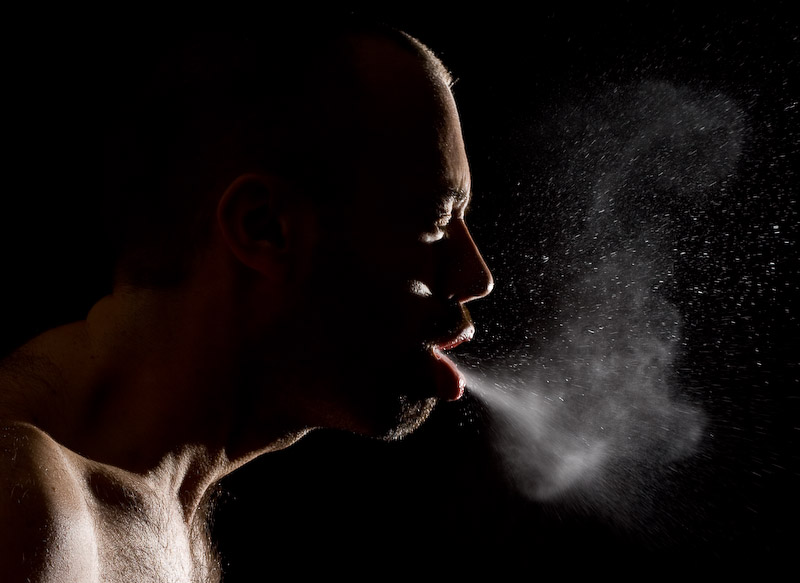As Winter slowly drifts away, tissue boxes are retired and throats begin to clear. It seems like each year, there are more flu-ridden Victorians spluttering through the state – but is the flu getting worse? Or are people just complaining more?
Are more Victorians getting the flu?
In short, yes.
According to data from the Department of Health and Human Services, in 2014 there were more notified cases of influenza in Victoria than 2013 or 2012. Between 2013 and 2014, the percentage increase of sniffling Victorians was 70.32%.
Gopal Gounder, a scientist who works in influenza innovations at a Melbourne laboratory, said this number does not show the complete picture. This number is only the notified cases of influenza, counting only the people who saw a doctor or were admitted to hospital.
Though the 2015 data is not yet collated, Gounder said the number of influenza sufferers this year is likely to be higher.
So, who suffered the worst through these years?
Elderly Victorians, aged 70 and older, are some of the most vulnerable members of society. Proportionally, this group is managing rather well through the influenza season. This might be because of an increase in government health initiatives, subsidised vaccinations or increased awareness.
The youngest age group, between 0-19, is the only age group with a continual upward trend. Between 2012 and 2013, when the overall number of flu sufferers were decreasing, this age group was increasing.
Why won’t anyone think of the children?
Well, maybe people are thinking too much about the children. This data records notified cases of influenza. Very young children, being the most vulnerable, are more likely to be taken to the hospital or the doctors by parents or caregivers if diagnosed with the flu than other age groups.
Gounder said the spike in this age bracket is because the group has a high risk for inflection.
“These people suffer the most when sick and are most likely to go to the doctor,” said Gounder.
Does this have anything to do with anti-vaxxer movement?
Maybe, but it would be rather impossible to prove.
The graph above has been collated with data from Department of Health and shows a steady increase in the percentage of Victorian children registered as conscientious objectors.
The flu vaccine, while encouraged, is not mandatory so an objection does not have to be recorded to exempt children from receiving a flu shot. This graph reflects a cultural shift, but is not evidence.
Why is it getting worse?
The spike in Victorians with the flu might be because of a strain mismatch with the vaccine.
Gounder explains that the flu vaccine must be manufactured ahead of time. The WHO uses complex models to predict the strain of flu most likely to affect the Northern and Southern Hemisphere.
“After the WHO has diagnosed the vaccines are locked in. It’s very hard to change,” said Gounder.
It takes three months of manufacturing before the vaccine is released to the public and by this stage the stain can mutate in the wild.
Author’s Methodology.
The information in this story was originally found on Victoria’s data website. After cleaning the data to discover the raw numbers of Victorians with influenza in 2012, 2013 and 2014, the author calculated a substantial increase between 2013 and 2014.
Using Infogram to visualise the data, the author could see a large increase in the amount of sick Victorians in the lowest age categories.
The author contacted Gopal Gounder, a Melbourne-based scientist who works in influenza innovations, to help explain the trends identified in this data.

